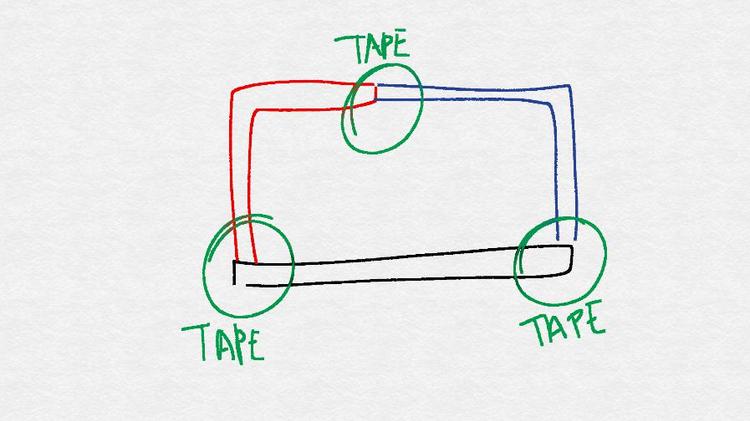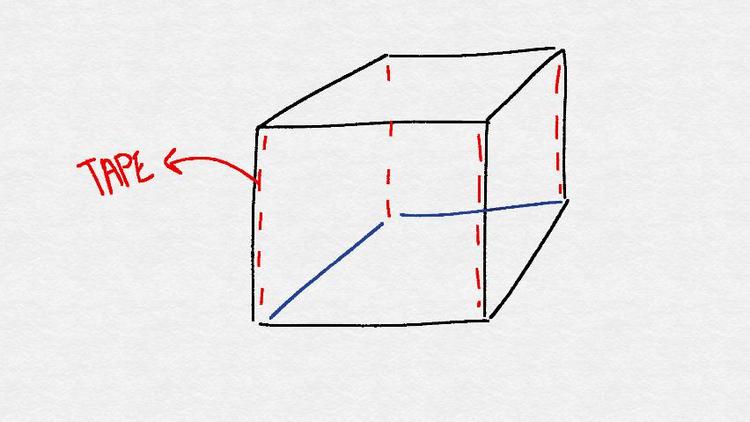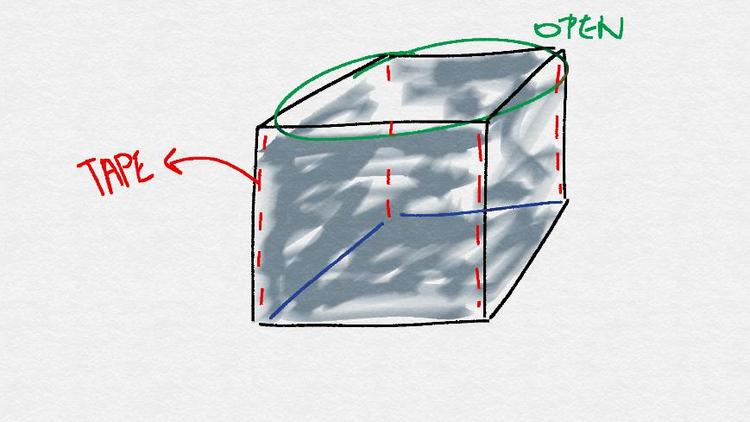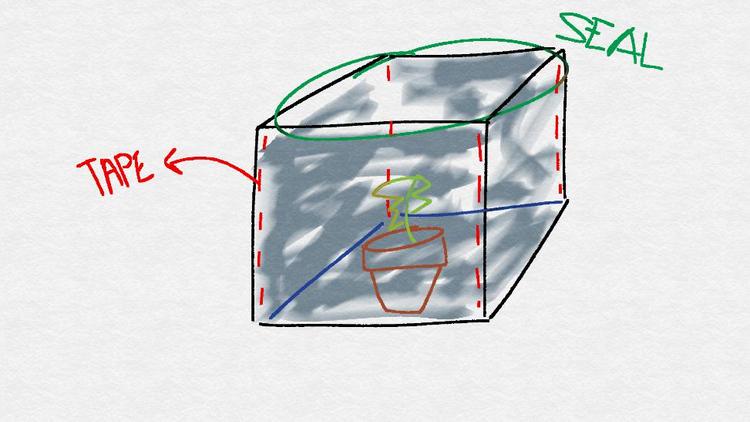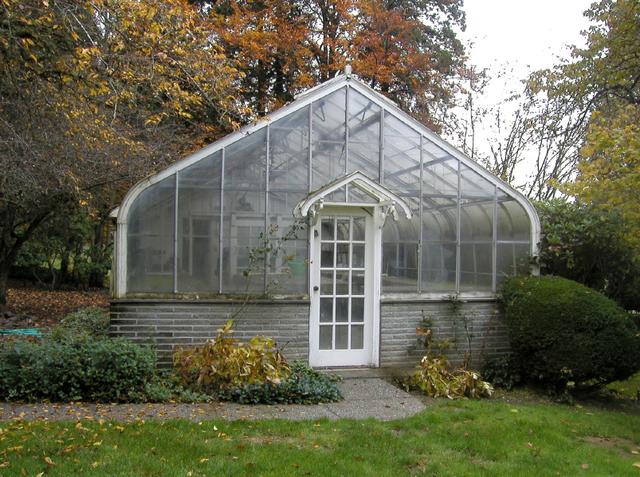| Complexity level: | 3 |
| Time required: | About an hour to set up, observations every 2 days and a wrap-up at the end of the growth period. |
| Safety concerns: |
Hypothesis
Overview
You may have heard of a greenhouse before ? a clear structure covered with plastic or glass that insulates plants from the elements. You might not know the benefits of a greenhouse, however. This experiment will help you understand more about the construction and use of greenhouses.
There are many positive reasons to use a greenhouse. The temperature inside the greenhouse is easier to control. Greenhouses also protect plants from insects and diseases that could cause them to die. Further, we use greenhouses to grow beautiful plants in the winter, even when it is snowy and cold outside!
Environmentally responsible farmers use greenhouses to avoid applying pesticides and other toxins to their plants. This is because they can grow produce at any time of year inside a greenhouse without using dangerous chemicals. In other words, using a greenhouse helps farmers control the environment in which their fruits and vegetables are grown, which is good news for our health!
Scientific Terms
Materials
- Stock of flexible straws
- Plastic wrap
- Tape
- Scissors
- Ruler
- Small pot or peat pot
- Planting soil
- 2 seedlings
- Water
Procedure
- Begin by building the greenhouse.
-
Put 3 of the straws together to make the first side of the greenhouse's frame. You will need to tape the straws together at 3 locations.

- Repeat step 2 until you have four sides of the greenhouse.
-
Tape the four sides together to make a cube.

-
Wrap the plastic around the outside of the cube and the bottom. Do not cover the top yet. You can tape the plastic wrap to the greenhouse if it will not stay on its own.

- Set the greenhouse aside so you can pot the plant for the greenhouse.
- Put the plant into its small pot, adding potting soil to fill in any of the gaps around the base. Be sure that the plant is stable in its pot and will not fall over.
-
Put about 5 - 10 mL of water in the soil surrounding the plant.

- Place the pot inside the greenhouse.
- Place the final piece of plastic wrap over the top to seal the greenhouse.
- Repeat steps 7 and 8 with the potted plant that will not be inside the greenhouse.
- Place the greenhouse and the free-standing plant in a sunny location. This can be indoors if the weather is bad, but an outdoor location is ideal.
- Take your initial measurements of the plants with your ruler and record them in the observations table.
- Record the height of each plant every two days from 1-2 weeks. You should be able to measure the height of the greenhouse plant through the plastic wrap. If not, it is OK to remove the plant from the greenhouse for a few minutes to measure it.
Observations
|
Day |
Height of greenhouse plant (cm) |
Height of free-standing plant (cm) |
|
1 |
||
|
2 |
||
|
3 |
||
|
4 |
||
|
5 |
||
|
6 |
||
|
7 |
Do you notice anything else about the plants?
